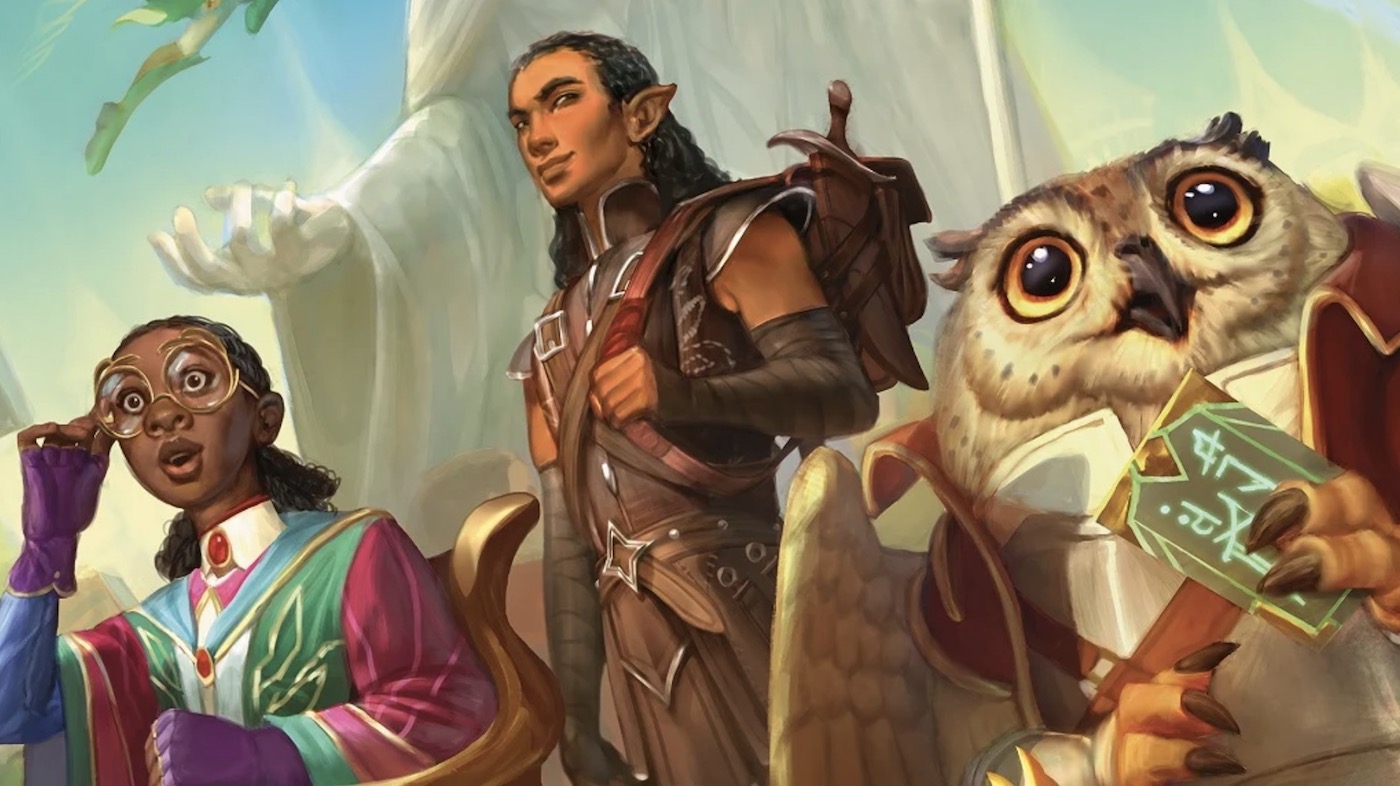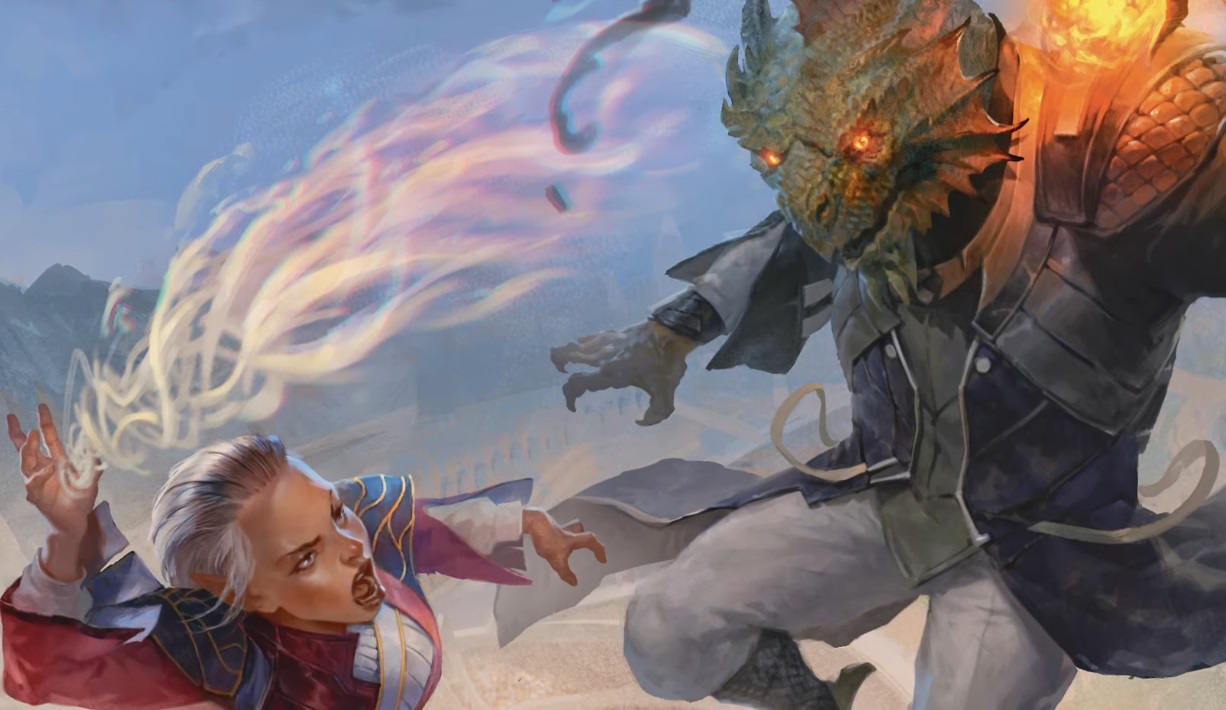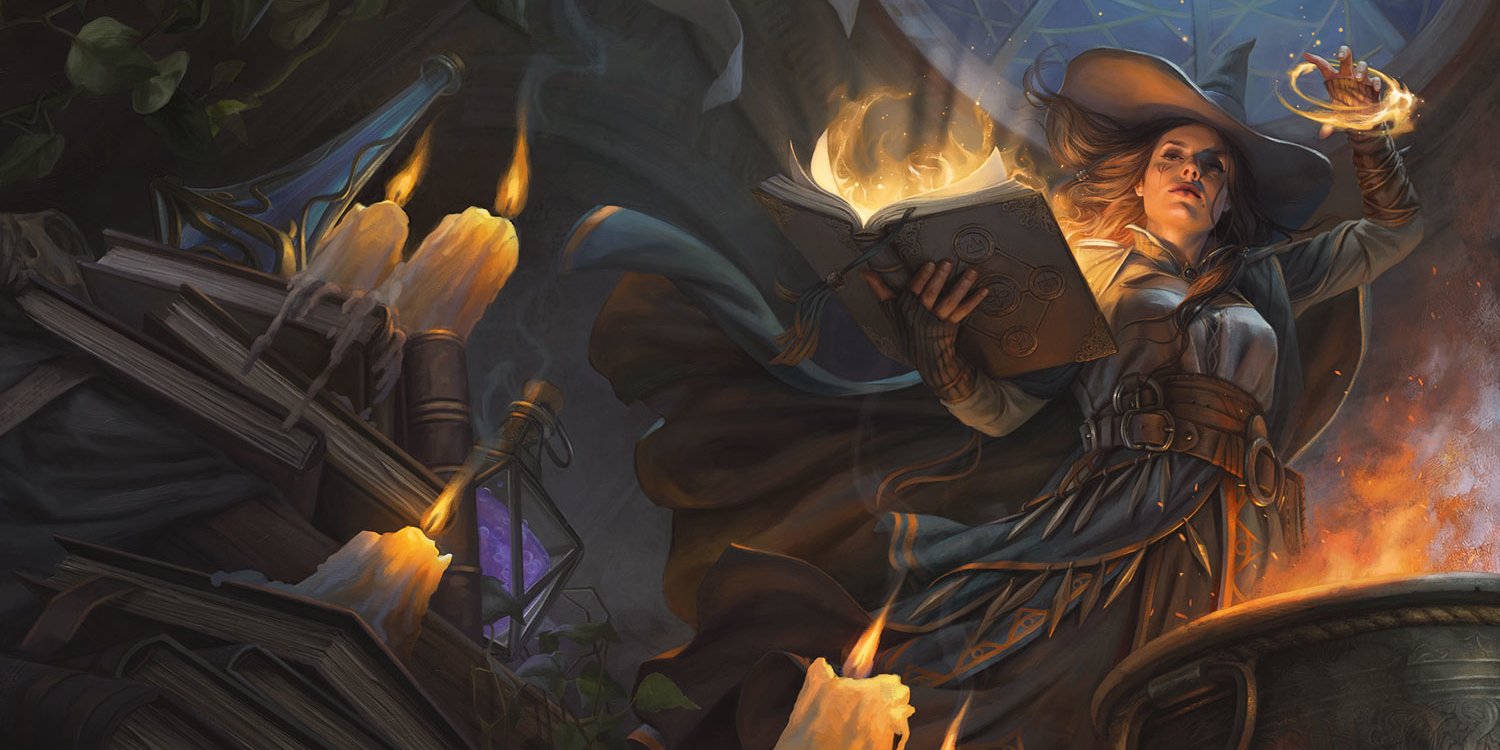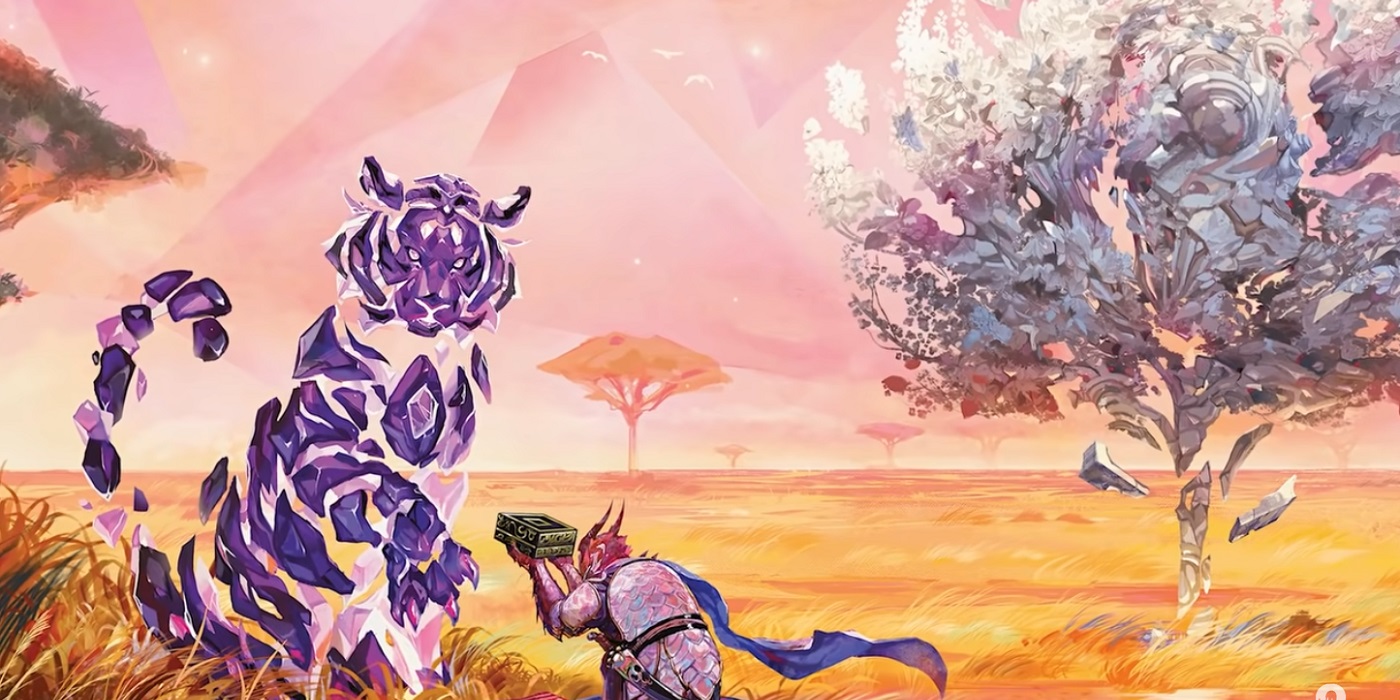D&D Lead Rules Designer Reveals Details for Feats, Backgrounds, Hit Dice, & Proficiency Bonus
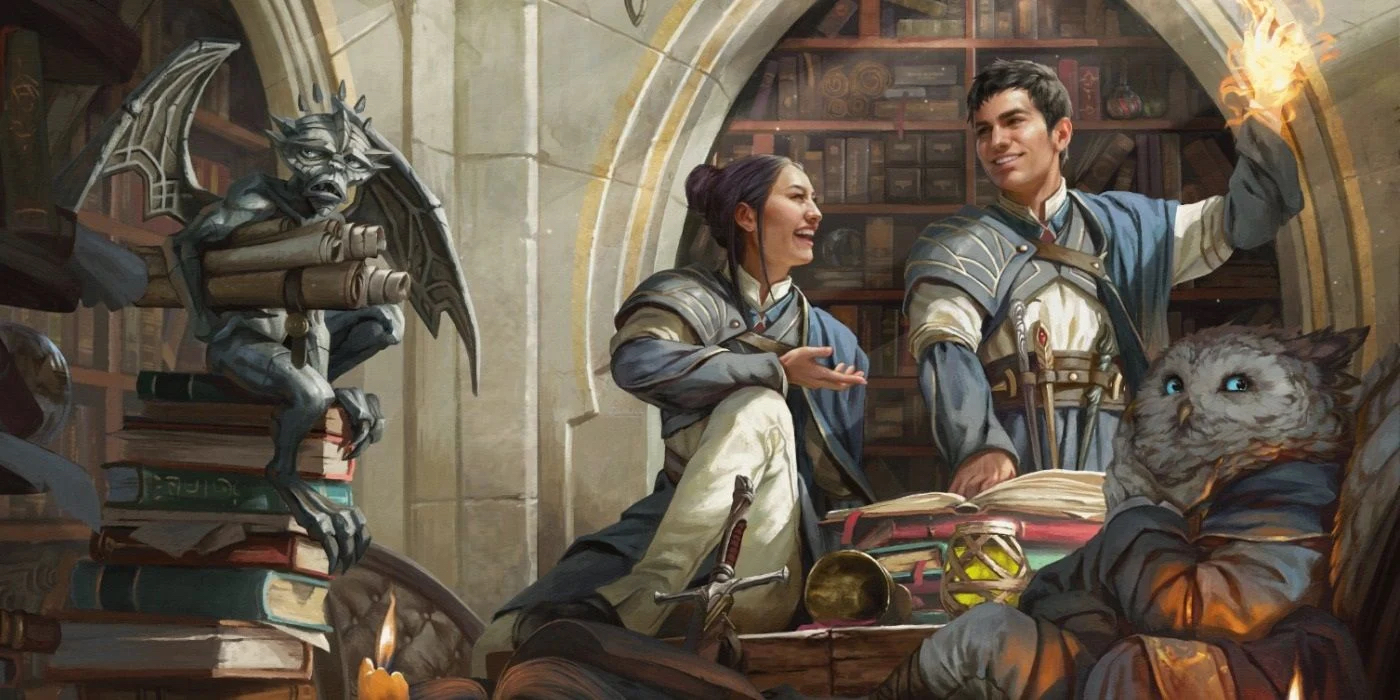

D&D’s lead rules designer revealed a new direction for the game’s future, touching on Hit Dice, Proficiency Bonus, Backgrounds, and more.
Jeremy Crawford, lead rules designer for D&D, recently spoke about Sage Advice and the future of the game. With a “new evolution” heading down the pipeline for 2024, Crawford spoke about some of the things the design team is considering. The discussion seemed to stem from the recent Heroes of Krynn Unearthed Arcana, touching on the many tools D&D is exploring.
The juiciest morsel involves “Feat Stacking.” Which, if you’re wondering, corresponds to Feat Trees out of 3rd or 4th Edition. Heroes of Krynn and Strixhaven both feature more backgrounds. But notably, these backgrounds come with feats.
Backgrounds and Feats and the Stacking Thereof
Crawford explains that the recent Magic: the Gathering books have little by little explored the idea of PC power. In Ravnica and Theros they had systems like reputation and piety. But in Strixhaven and Heroes of Krynn, Crawford explains, the backgrounds are a little more targeted. This is a “design theme” the team is actively pursuing.
Namely, the feat not only gives you a mechanical toy, it gives you a direct tie to the world. And it keeps your background relevant later in the game. As Crawford puts it, one of the main critiques of current backgrounds, from the design team’s perspective, is they can fade into the background. It’s a lot of work for the DM. With an active and engaged DM, your background as a Soldier or Folk Hero might matter less and less.
Which is fine – your background shouldn’t be as powerful as your class. But the D&D team wants to give it just a little “something extra.” And the way they’re exploring that is with special “world-specific backgrounds” that give characters feats and other boons. Crawford says we can expect to see more of that in the future.
But let’s talk about Feat Trees, or as Crawford puts it, “Feat Stacking.” We saw that recently in Heroes of Krynn, with the Solamnian Intiaite into Solamnian Knight feats. Feats give the D&D team a class feature independent of any class. Which is why they outline a “particular story” as Crawford likes to say.
With a small Feat chain, you’re able to branch into more world-specific classes. You have a narrative ladder to climb that is optional – it’s there if you want it. It’s another way to grow your character without just progressing as your class. So your warlock/paladin/bard/sorcerer nightmare can grow as a Solamnian Knight and have a coherent story instead of just a bunch of class features you thought would be broken together.
Hit Dice and Proficiency Bonuses
One last bit of design note. As we’ve seen since Tasha’s Cauldron of Everything, class features are getting tied more to proficiency bonus in terms of uses per day or per rest. We’ve seen Sorcerer and Monk features play around with this.
And as Crawford outlines, the goal here is to find ways to use things already on character’s sheets in new ways. This helps keep 5E easier to learn and teach, as well as to keep compatibility. Which means that Tasha’s Cauldron was a great glimpse of what direction D&D is headed. 2024 is going to be an interesting year for D&D 5E. We’ll get to see if it’s truly 5.5E and just how compatible it is.
What do you think of D&D’s emerging new rules?

